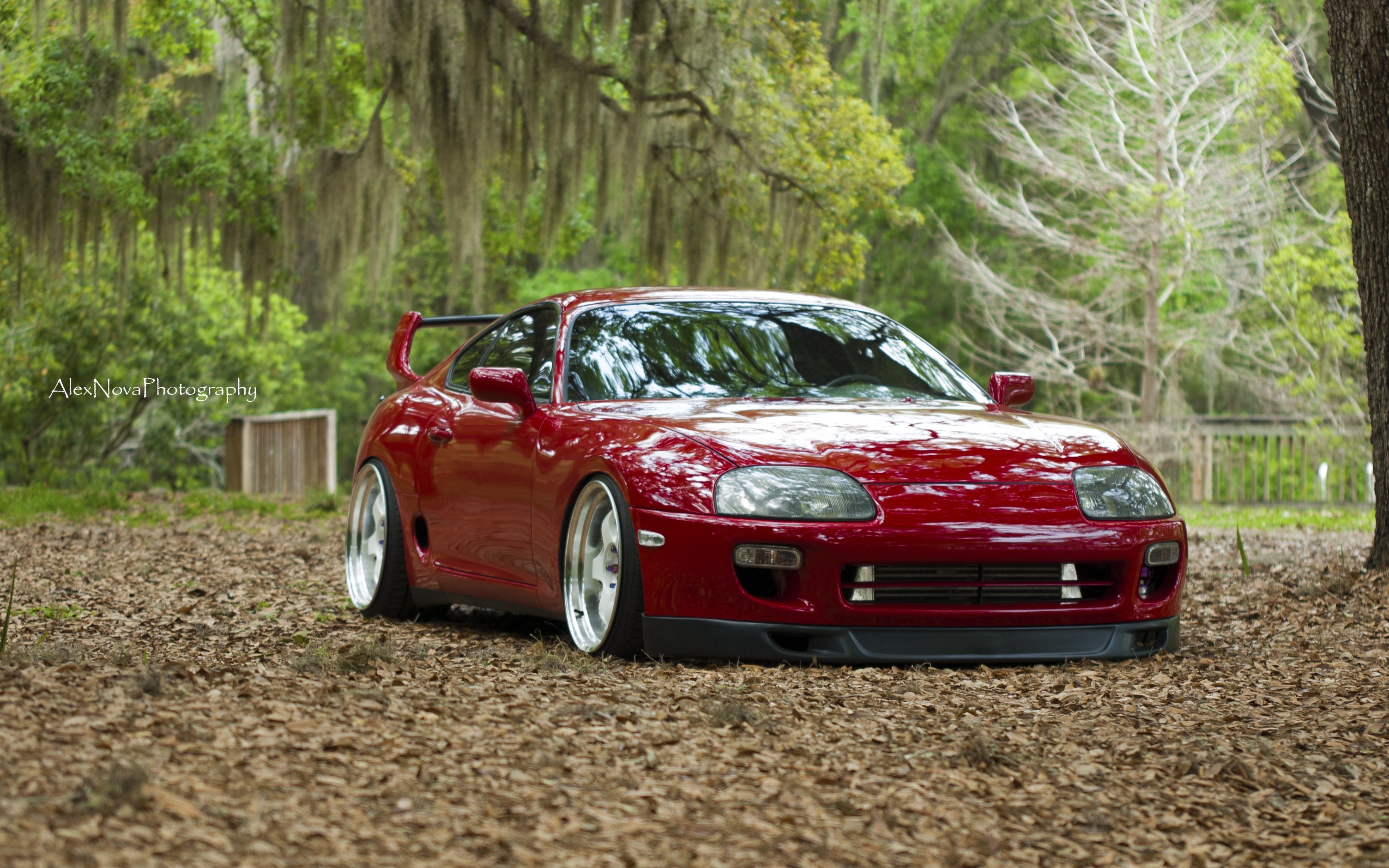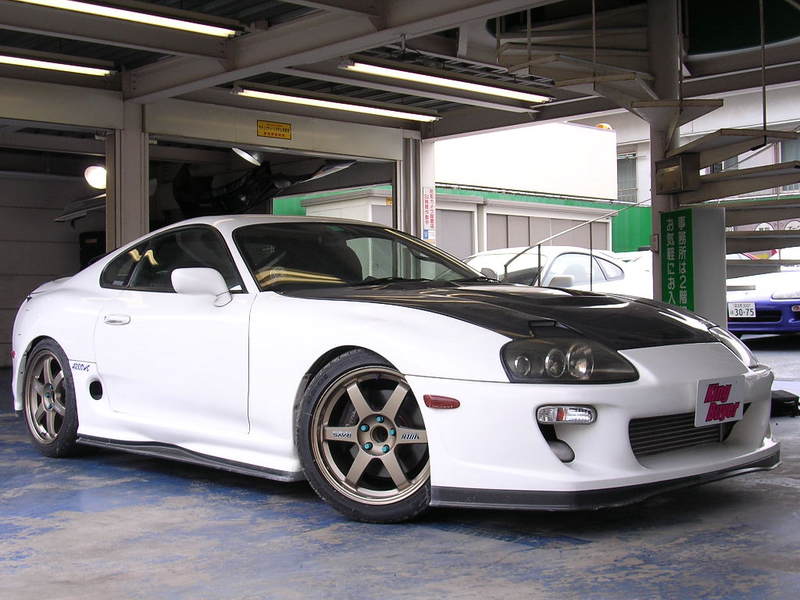

1986 model-year Supras are all the most desirable Performance types.Īrriving near the peak of Japan's golden age of automobile manufacturing, the third-generation Supra offered a huge amount of technology and performance. 1985 – Because of delays with the third-generation Supra, production of the MkII was held over for a year.
Mk5 supra jdm driver#

The Supra won critical acclaim, with Car and Driver's David E.
Mk5 supra jdm manual#
Models equipped with the five-speed manual transmission initially produced 145 hp from their twin-cam, 2.8L straight-six, later bumped to 160hp for the 1984 model year. Not only has this generation of Supra aged well in terms of design, but it also came with solid performance chops. With its chunky flares, pop-up headlights, and integrated hatch spoiler, the MkII Supra is pure Duran Duran. Basically, you might win a prize at Radwood with a Sport Package 1981 model, but you won't win anything else.īenefiting from a redesign of the Celica, the Supra found itself lifted from the worst automotive trends of the Seventies and propelled into the squared-off futurism of the Eighties. 1979 – The Supra may have had no business being on a race track, but it did appear on one once, when it was the pace car for the 1979 U.S.Whereas the JDM versions of other Japanese cars often got more powerful variants than those sold overseas, the Supra was often more potent in the U.S. 1978 – In order to work around Japanese displacement taxes, the home-market Supra came with a 2.0-liter engine.The optional Sport Package in later models added raised-white-letter tires, mudflaps, and spoilers.Few owners kept their cars up, making this generation one of the rarest Supras to see on the road. Being somewhat unloved makes it rarer.Lots of Celica replacement parts should work, just not up front. The Supra is 5.1 inches longer than the Celica.Overall, the Celica Supra was a first, obviously unconvincing effort. “One of the most insecure-feeling beasts I've driven on a twisty road.” “It feels like Toyota has removed all road feel in deference to the car's luxury image.” “Most modern automobiles understeer, but the Supra does it with a vengeance.” “It's nothing but a boulevard GT.” Our review at the time summed things up: “the basic layout is Celica, but with schmaltz.”įrom a dynamic standpoint, the review descends into something of a bloodbath. Further, the Supra was fitted with more equipment than the Celica, everything from rear disc brakes to an available eight-track player. It was, however, as smooth as a Barry White vocal track, and provided decent highway cruising performance. Toyota responded by lengthening the nose of its Celica liftback to accommodate the 2.6-liter single-overhead-cam inline-six out of the Cressida sedan.įitted with Bosch fuel injection, the six made a ho-hum 110 hp. Think crushed velour suit, not tracksuit. However, by the late Seventies, the once-sprightly 240Z had morphed into the much softer 280ZX. Toyota executives must have been fuming, having left the door open for the Datsun 240Z to lead the segment. Toyota had not built a proper six-cylinder sports car since the 2000GT, which was hardly affordable to the everyman.


market in 1979, the first generation of Supra is as slightly embarrassing as the polyester clothes of the period. Drive Flasback: 1979 Toyota Celica-Supra.


 0 kommentar(er)
0 kommentar(er)
